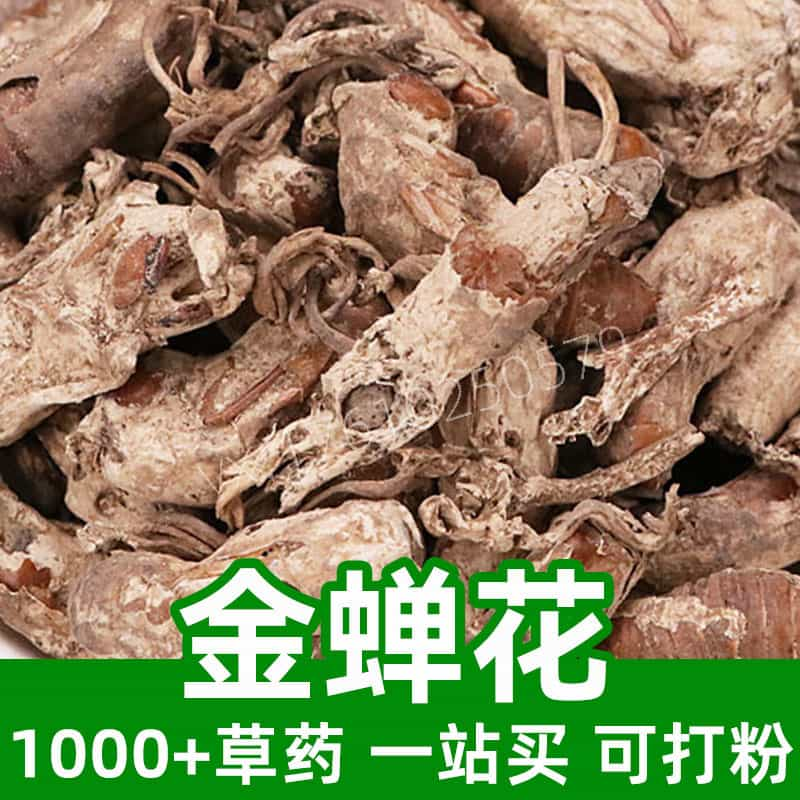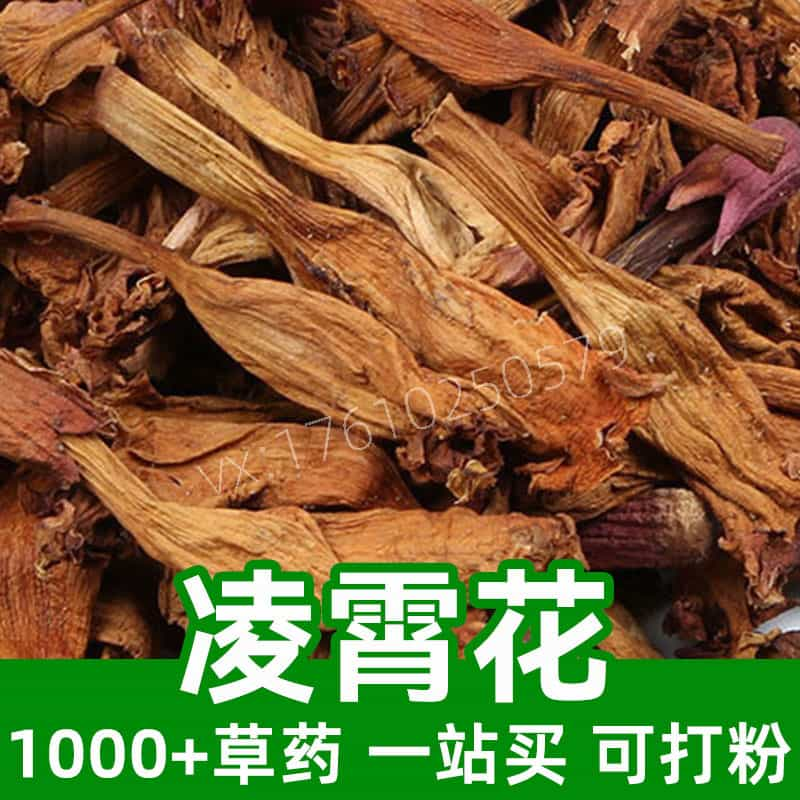Product Introduction
Leeches, belonging to the genus Hirudo, have been utilized in Traditional Chinese Medicine (TCM) for centuries. This aquatic creature's main components include hirudin—an anticoagulant protein, along with various enzymes and peptides that contribute to its medicinal properties. Historically, leeches were harvested from freshwater habitats and revered for their ability to enhance blood circulation and remove stasis.
In TCM, its applications include aiding in the treatment of conditions resulting from blood stagnation, such as bruises and swelling, and it is often incorporated into herbal formulations aimed at alleviating pain and promoting recovery from injuries. The subtle mixture of biochemical compounds found in leeches serves a dual purpose: not only do they play a role in therapeutic effects, but they also contribute to a deeper understanding of blood dynamics in the body. Despite modern advances in medicine, the traditional use of leech has maintained relevance in complementary therapy, showcasing the enduring legacy of this creature in health practices.
Main Active Ingredients
The main active ingredient in leeches is hirudin, a potent anticoagulant that inhibits thrombin, thus preventing blood coagulation. Beyond hirudin, leeches contain other significant proteins and peptides, including proteases that can break down proteins and stimulate blood circulation. These proteins work synergistically to promote healing and minimize inflammation.
Moreover, bioactive enzymes in leeches, such as hyaluronidase, help to enhance the permeability of tissues, allowing for better absorption and synergistic effects of herbal medicines. Other compounds identified include allantoin, which is known for its healing and anti-inflammatory properties.
In addition to these primary components, leeches also possess a variety of amino acids, such as arginine and lysine, essential for tissue repair and regeneration. These bioactive compounds exemplify the complexity of leeches as herbal remedies. Their biochemical profile not only supports the traditional uses of leeches but also invites further research into their potential applications in modern medicine, particularly in advanced wellness and recovery formulations.
Product Application Scenarios, Usage, and Dosage
In Traditional Chinese Medicine, leeches are primarily used for their blood-invigorating properties, making them an integral part of herbal concoctions aimed at treating various conditions related to blood stagnation. They are traditionally processed into tinctures, powders, or extracts for easy incorporation into herbal formulas.
The common method of administering leeches involves combining them with other herbs to enhance therapeutic effects while mitigating any potential irritation or adverse reactions. A typical dosage may vary, but it often ranges from 3 to 9 grams of the dried herb per day. When used in formulations, leech extracts might be combined with herbs such as red peony root (Paeonia rubra) for enhanced efficacy.
In a contemporary setting, leech extracts are finding their way into dietary supplements targeting sports recovery, inflammation, and overall wellness, due to their presumed ability to enhance circulation and support muscle recovery post-exercise.
It is essential to approach leech applications with caution, particularly regarding dosage and method of preparation, due to the potency of its active components. Recommendations may differ based on individual health conditions, thus consulting a knowledgeable practitioner prior to using leeches in any form is highly advisable.
Introduction to the Source Plant, Distribution, and Growth Environment
Leeches are typically found in freshwater environments such as ponds, lakes, and marshes, thriving in water bodies with rich organic content. The primary species used in herbal medicine is Hirudo medicinalis, which is widely distributed across Europe and parts of Asia. They prefer environments with slow-moving waters where organic matter accumulates.
In China, the use of leeches dates back thousands of years, where they have been sustainably sourced from natural habitats. Due to the ecological sensitivity of leech populations, their harvesting needs to be carefully managed to prevent overexploitation.
Leeches create optimal living conditions by burrowing into mud and substrate, where they feed on small invertebrates and detritus. Their lifecycle includes larval, juvenile, and adult stages, with adults growing up to 15 cm long. The ecological balance of their habitats is crucial as they play a role in maintaining the health of freshwater ecosystems by participating in nutrient cycling.
Cultural practices in Asia, especially China, have intertwined with the ecology of leech harvesting, where local knowledge informs the sustainable practices for collecting these creatures while preserving their natural habitats. With increasing interest in herbal medicines worldwide, the demand for leeches has spurred discussions on their cultivation and sustainable harvest to ensure continued access to this unique resource.
Harvesting, Processing, and Storage
Leech harvesting must be conducted with utmost care to maintain the balance of local ecosystems. Traditionally, leeches are harvested during specific seasons when they are most abundant, typically in spring and summer. Sustainable practices are vital, and it is essential to ensure that only mature leeches are collected to allow younger populations to replenish over time.
After harvesting, leeches undergo initial cleaning to remove any impurities, followed by drying, which is essential for preserving their active compounds. The dried leeches can be processed into various forms, including powders, tinctures, or extracts, depending on their intended application in herbal formulations.
To maintain their potency, storage conditions are critical. Dried leeches are best stored in cool, dry environments away from direct sunlight to prevent degradation of active ingredients. Airtight containers are recommended to keep moisture out and preserve their bioactive properties over time.
In addition, standardization of extraction methods for leech-derived products ensures consistency in quality and active ingredient concentration, which is essential for both traditional and modern applications. Although leeches may not have the widespread use seen in other herbal materials, their unique properties and cultural significance highlight the need for ongoing cultivation, research, and preservation efforts.
In summary, the importance of leeches in traditional Chinese medicine represents a unique intersection of ecology, cultural practices, and herbal pharmacology, calling for a holistic approach to their usage and harvesting.
Monica Sun is a seasoned expert in the natural raw materials industry, with over a decade of experience specializing in traditional Chinese medicinal herbs, spices, and fungi. She is skilled in the sourcing, processing, and application of these materials, emphasizing sustainability and innovation. Monica Sun has contributed to the development of high-quality natural raw materials that serve as essential components in functional foods, pharmaceuticals, and cosmetics, delivering tailored solutions to meet diverse market needs.













